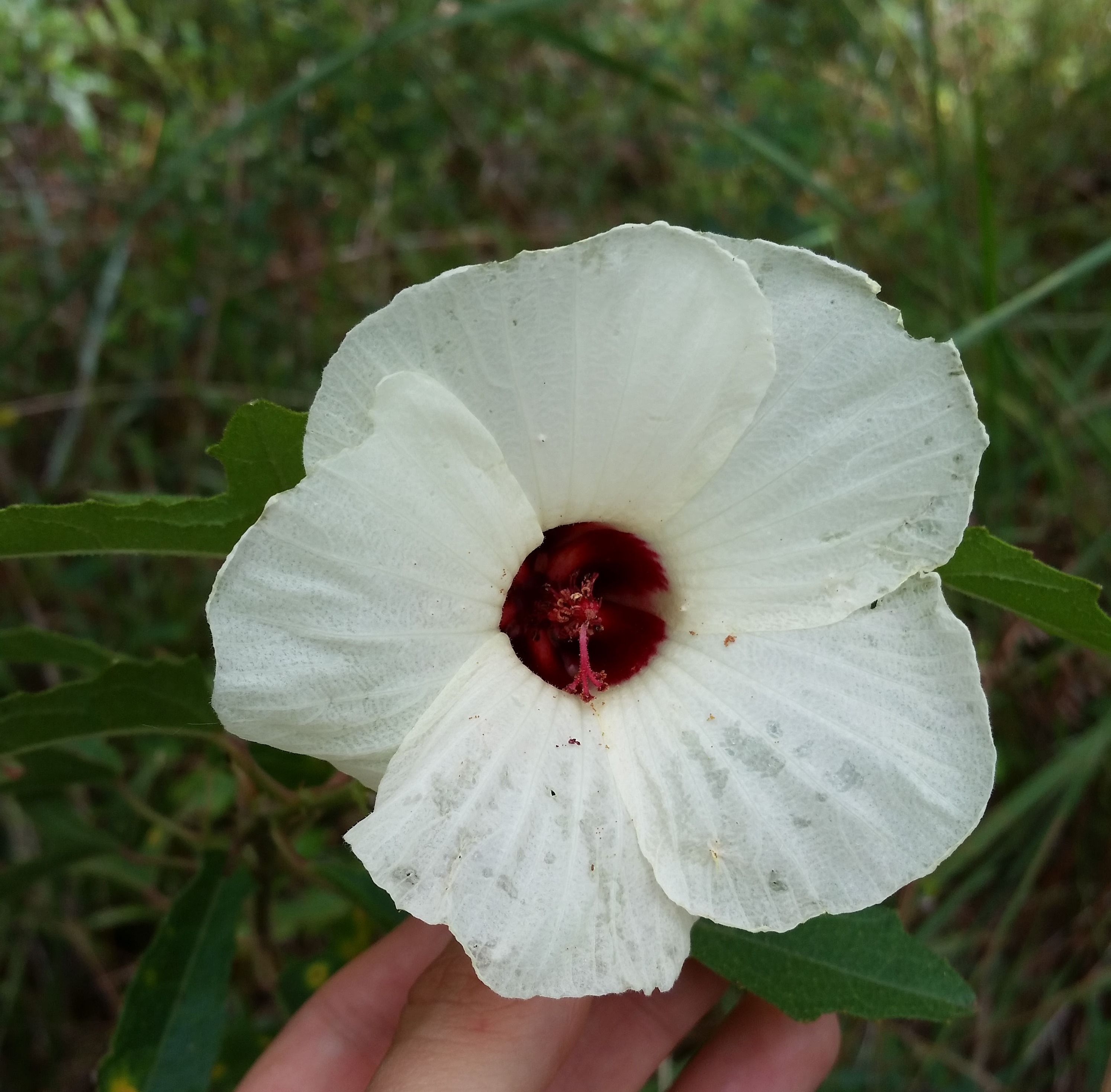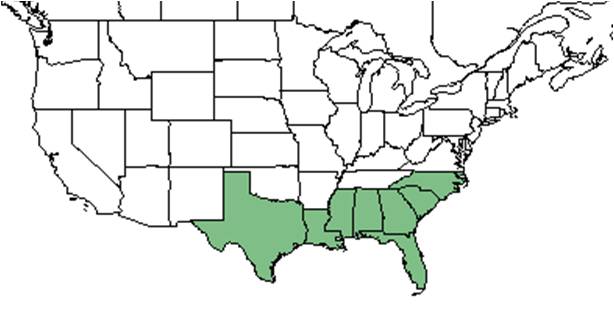Difference between revisions of "Hibiscus aculeatus"
(→Conservation and Management) |
|||
| Line 36: | Line 36: | ||
<!--===Use by animals===--> <!--Herbivory, granivory, insect hosting, etc.--> | <!--===Use by animals===--> <!--Herbivory, granivory, insect hosting, etc.--> | ||
<!--===Diseases and parasites===--> | <!--===Diseases and parasites===--> | ||
| − | ==Conservation and | + | ==Conservation and management== |
| + | |||
==Cultivation and restoration== | ==Cultivation and restoration== | ||
==Photo Gallery== | ==Photo Gallery== | ||
Revision as of 20:11, 22 June 2016
Common name: Comfortroot
| Hibiscus aculeatus | |
|---|---|

| |
| Hibiscus aculeatus | |
| Scientific classification | |
| Kingdom: | Plantae |
| Division: | Magnoliophyta - Flowering plants |
| Class: | Dicots |
| Order: | Malvales |
| Family: | Malvaceae |
| Genus: | Hibiscus |
| Species: | H. aculeatus |
| Binomial name | |
| Hibiscus aculeatus Walter | |

| |
| Natural range of Hibiscus aculeatus from USDA NRCS Plants Database. | |
Contents
Taxonomic notes
Synonym: Hibiscus scaber Michx. USDA NRCS Plants Database
Description
"Shrubs or perennial or annual herbs with stellate pubescence. Leaves unlobed to palmately lobed or dissected; petioles usually long; stipules present, usually caduceus flowers solitary in the upper leaf axils, or in terminal racemes; peduncles and pedicels present or the peduncle obsolete, often elongating in fruit. Involucral bracts 7-15, linear. Sepals 5, widely triangular to triangular-lanceolate, enlarged in fruit; petals oblanceolate to obovate, apex rounded; stamens usually numerous; stigmas 5, capitate, styles free near apex. Capsule 5-locular." - Radford et al 1964
"Perennial with spreading-ascending or, less frequently erect branches to 1m tall. Trichomes of stems, petioles, leaves and pedicels short, bristly, stellate, scabrous. Leaves palmately 3-5 cleft or lobed, 3-9 cm long, mostly wider than long, coarsely and irregularly serrate, truncate to cleft with an inverted broad, V-shaped sinus; petioles 2-10 cm long. Flowers in leafly-bracteate racemes, bracts less divided than the leaves or entire; peduncles obsolete or to 2 mm long; pedicels 5-12 mm long, elongated slightly in fruit, usually with a few long white trichomes; Involucral bracts 8-10, linear, 1-2 cm long, usually palmately or pinnately cleft at apex. Calyx lobes triangular-lanceolate, 8-12 mm long, acute, elongated in fruit, distinctly keeled to the apex and with a thickened margin resembling the keel, pubescent with long stiff, postulate-based trichomes; petals cream, turning a deeper yellow and finally fading to pink, crimson marked at base, 5-6 cm long. Capsule gradually contracted to a beak, 1.7-2 cm long, pubescent with mixed short and long, bristle-like trichomes. Seeds brown, with fine reticulations and with a few whitish papillate, 3.5-4 mm long." - Radford et al 1964
Distribution
Ecology
Conservation and management
Cultivation and restoration
Photo Gallery
References and notes
Radford, Albert E., Harry E. Ahles, and C. Ritchie Bell. Manual of the Vascular Flora of the Carolinas. 1964, 1968. The University of North Carolina Press. 704-6. Print.